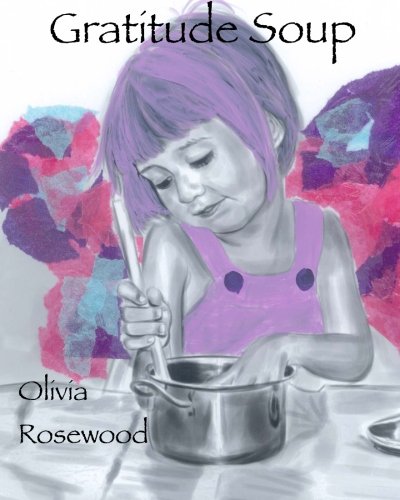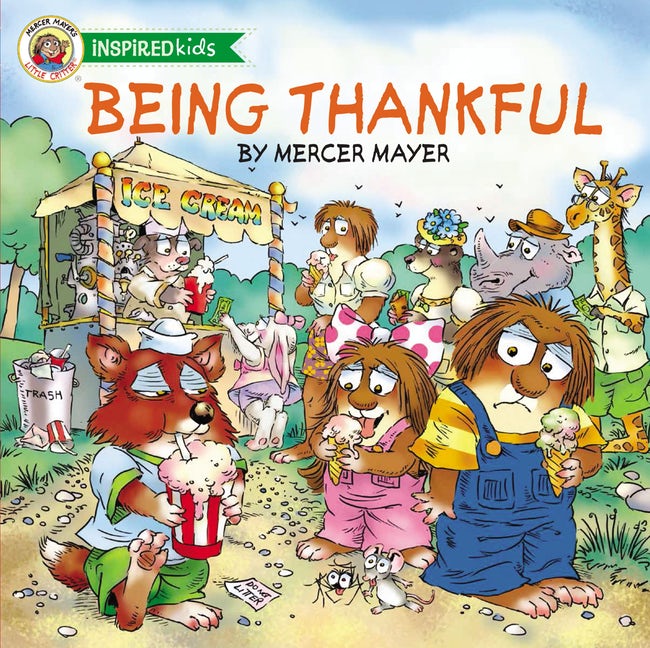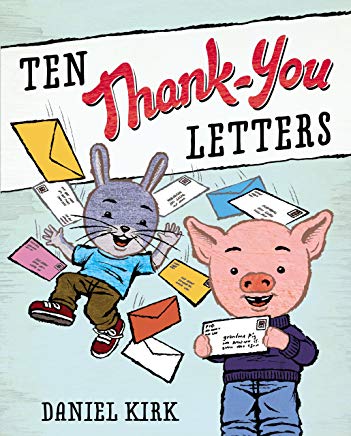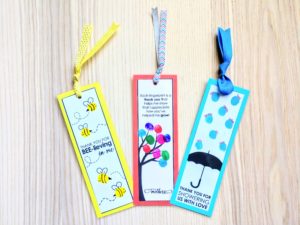We love sharing our favorite resources, books, classroom supplies and teacher stuff with you. When we do, we may earn money or products from the companies mentioned in this post. This does not affect our choices in what to recommend. Rest assured, we only recommend our favorite products to you! You can find our full advertising policy on the Partner With Elizabeth page.
Preparing my students for their future is more than just teaching them book knowledge. I also want to be part of training up their character so they can become amazing people in our world. One character trait that we practice in my classroom is that of showing appreciation.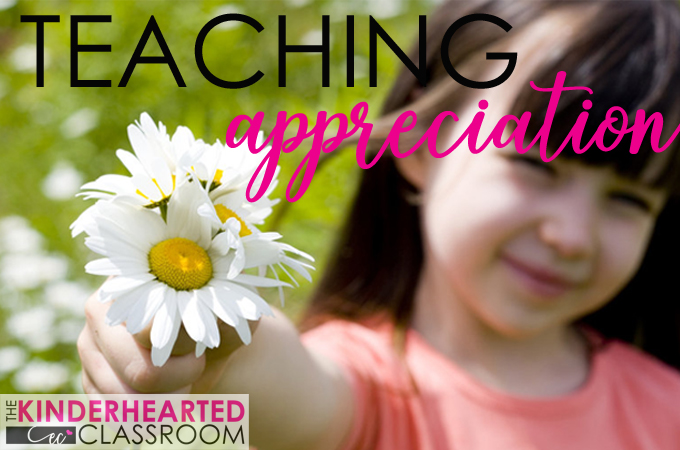
An Attitude of Entitlement
You can’t scroll social media very long, watch the news or even watch a TV show or movie without seeing or hearing a very new attitude in our society these days – that of being owed things or entitlement. Over the last 20 years or so there has been a dramatic increase in the idea that just because we are alive we are owed things. Now I am not talking about things like providing for basic needs, or safety and protection from the actions and words of others. No, I’m talking about things like the ‘being owed the newest, best and most expensive shoes, tech gadget or fashion.’ Being entitled to do whatever you want even if it violates a rule, law, or the rights of others. I don’t know about you, but this increasing attitude of being ‘owed’ things does not bode well for our future.
I started thinking about where this new attitude comes from, or what is missing that allows us to make a jump straight to being entitled. After some thought provoking days I finally landed here: we have a lack of appreciation for others. To me it makes sense: if we don’t take time to think about all that others have done for us or that effect us, then we can easily jump to the conclusion that its just the way it is supposed to be. And if that is the way its supposed to be then I must be owed it.
Entitlement vs. Appreciation
I don’t want that for my students. I want them to grow up in a world where they find value in others. Where they see the time, effort, and money others spend on their behalf. A world where those two things together make them truly appreciate other people.
As a teacher of a mixed Pre-K and Kindergarten class I can tell you that it is not too early to start teaching these kids about appreciation. We often jump to teaching gratitude and thanks in the fall when Thanksgiving rolls around. And this often leads to people thinking about and showing appreciation and thankfulness once a year. But I want more for my students and their futures. Teaching kids to be appreciative all the time is not so hard.
How I Teach Appreciation
1. Picture Books
I love to use books in my teaching. Not only are there so many amazing benefits to children being read to in the academic arena, but books allow kids to make connections of an abstract concept to something more concrete. Here are some of my favorite books for introducing, or talking about appreciation through the year, not just in November.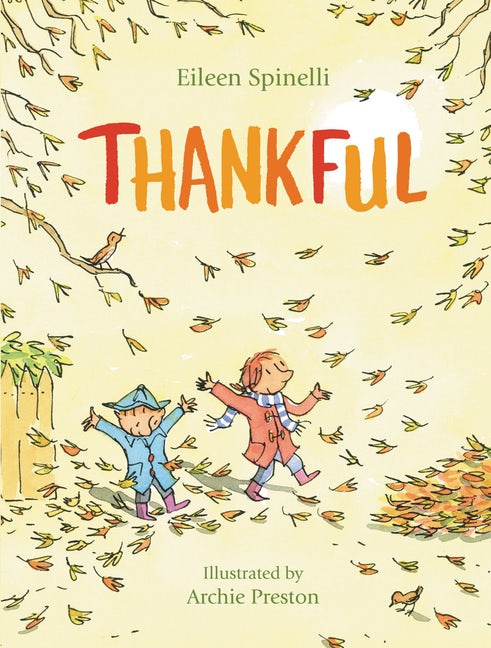
2. Discussion
The introduction of appreciation through a book often leads naturally to a deeper discussion. To teach appreciation it so much more than just telling kids they should say thank you. To truly help them develop a trait of appreciation, they must understand the ‘why’ behind it. I help my students understand ‘why’ by talking about all the things other people do for us.

During our unit on family, we talk about our parents and all they do (providing a house, food, clothing, toys, entertainment, etc.) But we don’t stop there! We also talk about what it takes for them to provide that. This leads to a conversation about time and money. Even though they are only 4 or 5 years old, they get that in order to provide a house, food, clothing, and so much more, their parents have to go to work in order to earn money. The students also usually bring up examples of how their parents spend their time doing things for them (driving them places, cooking for them, washing their clothes, etc.)
One year a sweet little girl said it best: “My mom doesn’t have time to play with her friends because she is always taking care of me.” Bingo! In a way that she and her classmates could understand, she realized that her mom was giving of her time and energy and by doing so, losing out on something important to a 5 year old – play time. This was the moment that I knew she and her fellow students understood the ‘why.’
Integrating Appreciation with the Curriculum
Throughout the year we visit this over and over again. We talk about all the people around us who do things to help us. This topic naturally connects itself with social studies and I tie it in as often as possible. During our study of ‘My School’, we talk about the many people it takes to keep our school running smoothly and efficiently so that the students can focus on learning. During our study of ‘Community Helpers‘ we talk about how people in our community give up their time to serve those around them. We talk about how first responders choose to take on a more dangerous job to help keep others safe.
On holidays, we take time to talk about the reason for the holiday or the person being appreciated by the holiday. Not only does this help students understand the meaning behind holidays like Veteran’s Day, Labor Day, and Memorial Day, but it helps them see the importance of appreciating others.
Most importantly, we talk about the ‘why’ over and over again. I believe that if we can get our students to independently think of the ‘why’ in their everyday life then we have a strong foundation for living a life of appreciation.
3. Practice Appreciation
Usually connected with each of the discussions is an opportunity to practice showing our appreciation. After identifying the ‘why’ the students are very excited to have the opportunity to show their appreciation. Showing appreciation doesn’t have to be hard, long or expensive. I try to this to my students and give them a variety of ways to practice showing appreciation to others.
Sometimes it is making the decision to to verbally say thank you to someone. Other times we make something as a way of showing our appreciation. We often use our writer’s workshop time as a time to practice showing our appreciation through writing and pictures. The book listed above, Ten Thank You Letters, makes a great starting point for writing thank you letters!
Sometimes we make a gift that the students can give to show their appreciation. Here’s an example of an easy to do gift for Mother’s Day. After talking about all the things that Moms do, the students love the opportunity to create a special thank you for their mom, grandma, aunt or other important mother figure in their life.
These fingerprint cards and book marks make a special keepsake too! Instead of focusing just on Mom, these special cards and gifts can be shared with anyone who has played a part in their lives. There are even cards and bookmarks worded in a way that they could be used for student teacher gifts, classroom helpers and volunteers, Teacher Appreciation Week and more.
Give it a Try!
I would encourage you to give this a try. Teach your students about appreciation, but also teach them why. Teach them how to see what is behind the scenes in their lives. Very little in life just magically happens. There are usually one or more people working to make things happen. Help your students learn to look for the effort others and then teach them to show their appreciation. This article on Teacher Hub has some great ideas too!

